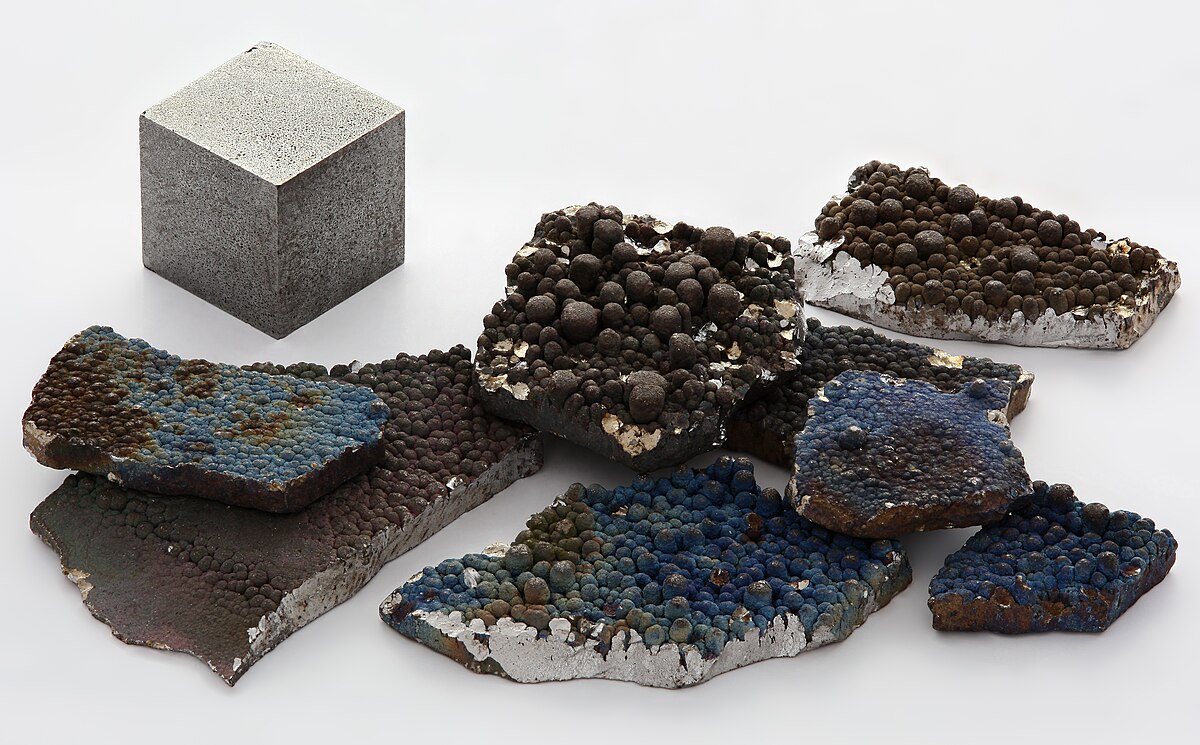In the vast realm of geology, there exists a fascinating category of rocks that possess a captivating shimmer akin to silver. These rocks, with their unique properties and aesthetic appeal, have intrigued scientists, collectors, and enthusiasts alike. In this blog post, we delve into the world of these shiny rocks, exploring their origins, characteristics, and applications. Join us on this journey as we uncover the secrets behind their alluring luster.
- The Allure of Silver-like Rocks:
The quest for shiny rocks has been an age-old fascination for humans. The mesmerizing gleam of silver has always captivated our imagination, and rocks that mimic this lustrous metal offer a natural alternative. These rocks, with their reflective surfaces, evoke a sense of elegance and beauty, making them highly sought after for various purposes. - Geological Origins:
The geological processes responsible for the formation of rocks that shine like silver are diverse. One prominent example is the presence of minerals such as galena, a lead sulfide, which imparts a metallic luster to the rock. Other minerals like pyrite, hematite, and mica can also contribute to the silver-like appearance. Understanding the geological origins of these rocks enhances our appreciation for their unique qualities. - Types of Silver-like Rocks:
a) Galena: This lead-based mineral is often found in sedimentary rocks and exhibits a distinctive silver-gray color. Its shiny, metallic luster makes it a popular choice for ornamental purposes and as a source of lead in various industries.
b) Pyrite: Commonly known as fool's gold, pyrite is renowned for its brassy yellow color and metallic sheen. Its resemblance to gold and silver has made it a favorite among collectors. Pyrite's presence in sedimentary rocks and hydrothermal veins adds to their visual appeal.
c) Hematite: With its deep red to silver-gray color, hematite is a mineral that imparts a metallic luster to rocks. Its reflective properties make it a valuable component in jewelry and pigments. Hematite-rich rocks are often associated with iron ore deposits.
d) Mica: Mica minerals, such as muscovite and biotite, exhibit a silvery sheen due to their perfect cleavage planes. These minerals are commonly found in metamorphic rocks and have various industrial applications, including electrical insulation and cosmetics.
- Practical Applications:
The silver-like rocks discussed above find applications in diverse fields:
a) Construction and Architecture: The reflective properties of these rocks make them ideal for decorative purposes in buildings, countertops, and sculptures.
b) Jewelry and Accessories: The shimmering allure of silver-like rocks adds a touch of elegance to jewelry designs. These rocks are often used as gemstones or incorporated into unique pieces of adornment.
c) Industrial Uses: Galena, pyrite, and hematite are valuable sources of lead, sulfur, and iron, respectively. These minerals play a crucial role in the production of batteries, pigments, and steel.
d) Collectibles and Specimens: Enthusiasts and collectors appreciate the aesthetic appeal and rarity of silver-like rocks, making them highly sought after in the world of mineral collecting.
Conclusion:
Rocks that shine like silver offer a glimpse into the remarkable diversity of our planet's geological treasures. Their captivating beauty, derived from a range of minerals and geological processes, has both practical and aesthetic applications. Whether admired for their ornamental value, utilized in industrial processes, or cherished as collectibles, these rocks continue to fascinate and inspire. So, next time you come across a rock that gleams like silver, take a moment to appreciate the hidden wonders it holds.




+ There are no comments
Add yours